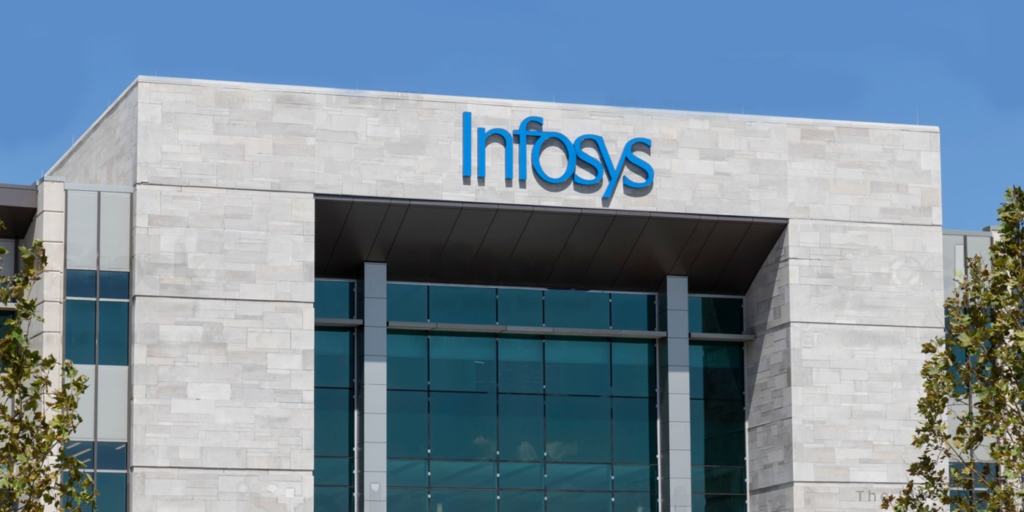Meta recently unveiled its new AI model “Llama 3.1”, which is distinct from other AI models in the fact that it is open-source and is fully free to use.
On par with the growing AI competition, Meta has been making progress to upgrade its Llama AI model to be equally competing or superior than the existing AI models. And in the journey, Meta had now unveiled its Llama 3.1 AI model and the peculiarity is that it’s now the ‘largest’ open-source AI model in the world.
Llama 3.1 is significantly more complex and advanced than the smaller Llama 3 models that was launched few months ago.
What is Llama 3.1? & Why it is different from other AI models?
Meta’s new “Llama 3.1” is a large language model that will support Meta AI. It is the largest open-source model ever developed so far. The AI outperforms OpenAI’s GPT-4o and Anthropic’s Cluade 3.5 Sonnet on several benchmarks, claims Meta. This will make Meta AI more reachable to people across its platforms such as WhatsApp, and Instagram. Zuckerberg predicts that Meta AI will be the most widely used assistant by the end of this year, surpassing ChatGPT.
While other AI models of big techs are ‘closed’, Llama 3.1 is open-sourced, meaning the source code is made freely available for possible modification and redistribution. So, any other company or developers can view the code, modify it for their own possible use-case. The AI model comes with three versions: the largest version has 405 billion parameters and was trained with over 16,000 of Nvidia’s ultra-expensive H100 GPUs.
The other two versions have 70 billion and 8 billion parameters. Though Meta didn’t disclose the cost of developing Llama 3.1, estimates show that it could be hundreds of millions of dollars.
Meta is working with more than two dozen companies, including Microsoft, Amazon, Google, Nvidia, and Databricks, to help developers deploy their own versions. Meta claims that Llama 3.1 costs roughly half that of OpenAI’s GPT-4o to run in production. It’s releasing the model weights so that companies can train it on custom data and tune it to their liking.
AI in Cybersecurity and Biochemical
For the first time, Meta’s red teaming (or adversarial testing) of Llama 3.1 included looking for potential cybersecurity and biochemical use cases. Another reason to test the model more strenuously is what Meta is describing as emerging “agentic” behaviors.
For example, Al-Dahle tells me that Llama 3.1 is capable of integrating with a search engine API to “retrieve information from the internet based on a complex query and call multiple tools in succession in order to complete your tasks.” Another example he gives is asking the model to plot the number of homes sold in the United States over the last five years. “It can retrieve the [web] search for you and generate the Python code and execute it.”
How to use Llama 3.1?
Meta’s own implementation of Llama is its AI assistant, which is positioned as a general-purpose chatbot like ChatGPT and can be found in just about every part of Instagram, Facebook, and WhatsApp. Starting this week, Llama 3.1 will be first accessible through WhatsApp and the Meta AI website in the US, followed by Instagram and Facebook in the coming weeks. It’s being updated to support new languages as well, including French, German, Hindi, Italian, and Spanish.
(For more such interesting informational, technology and innovation stuffs, keep reading The Inner Detail).
Kindly add ‘The Inner Detail’ to your Google News Feed by following us!







